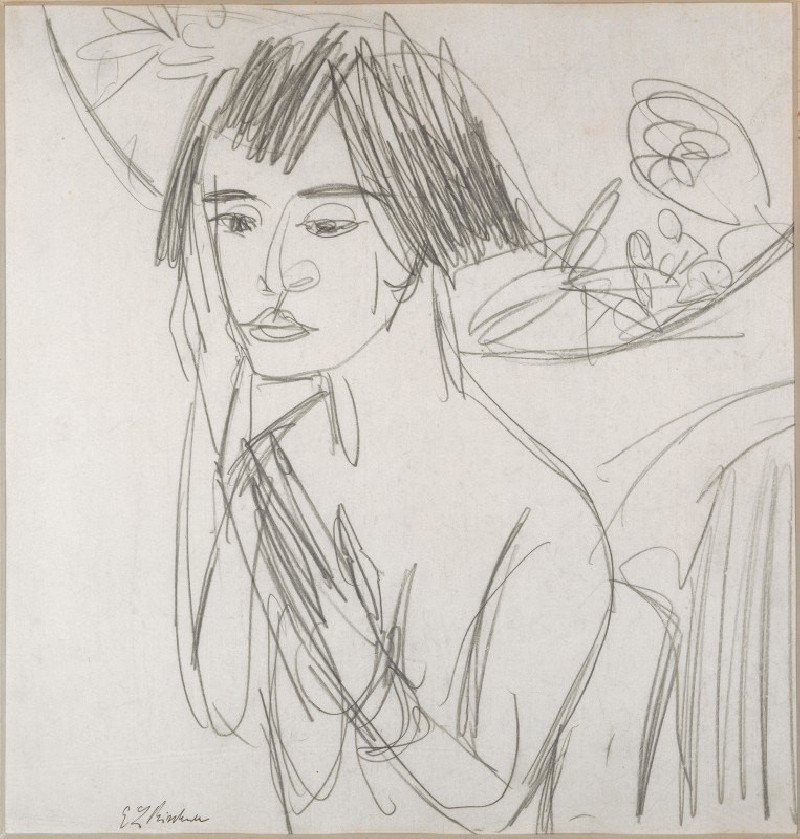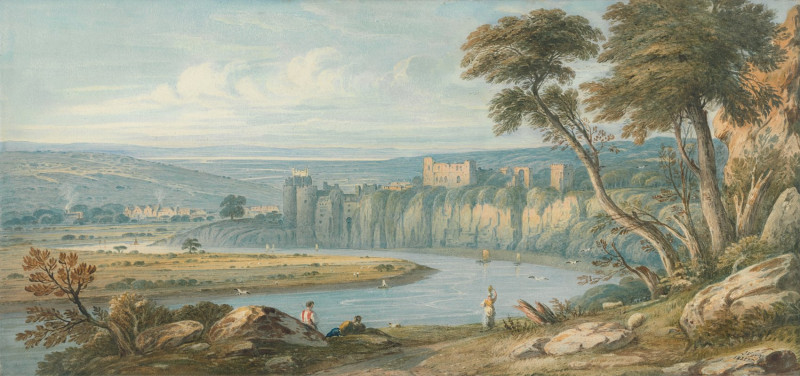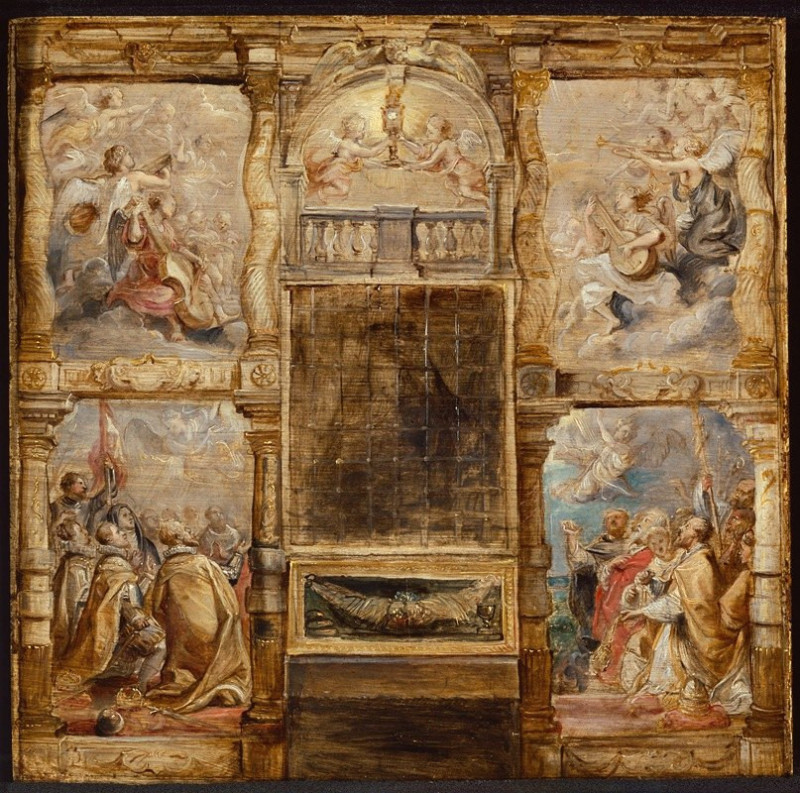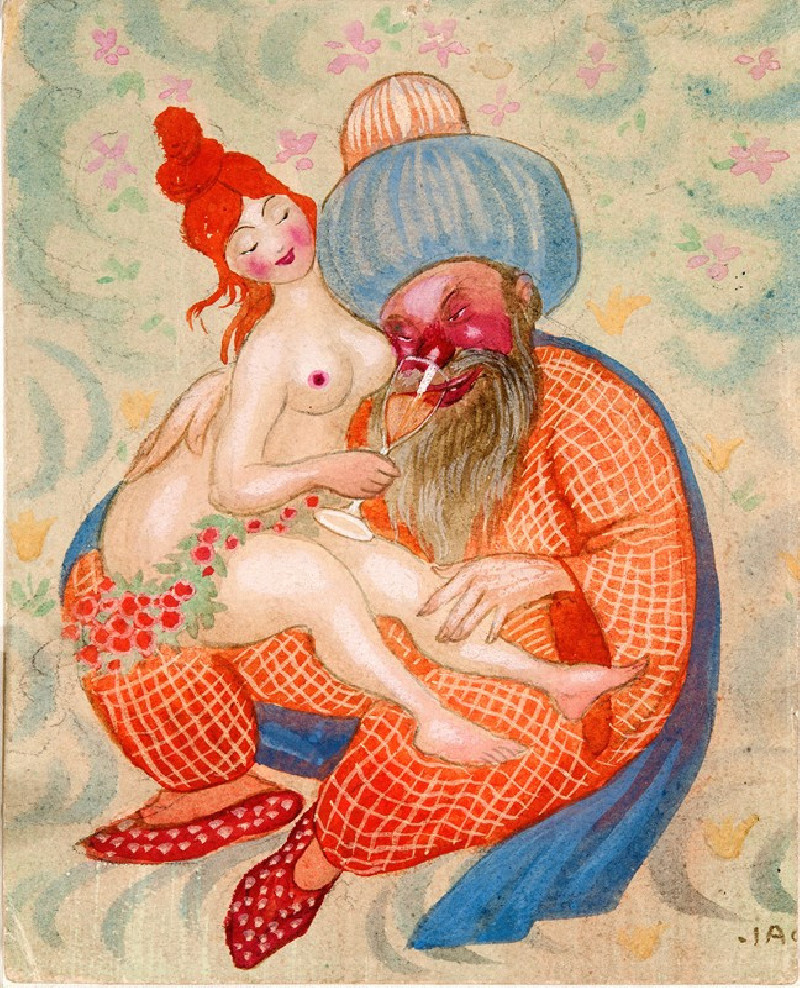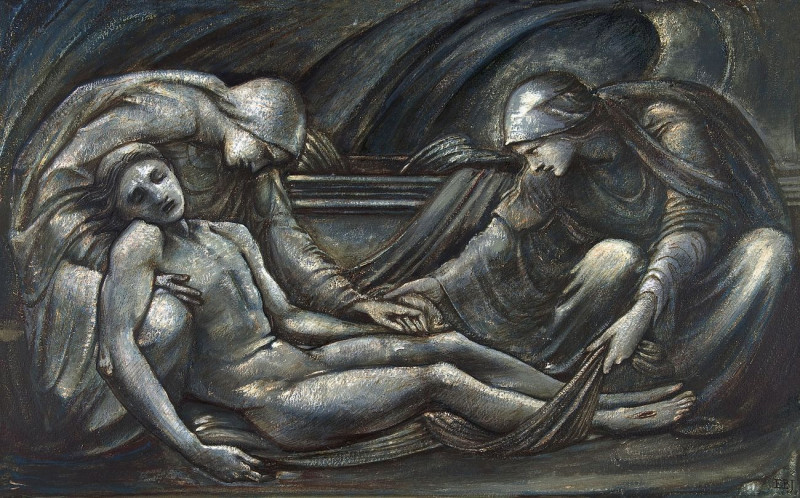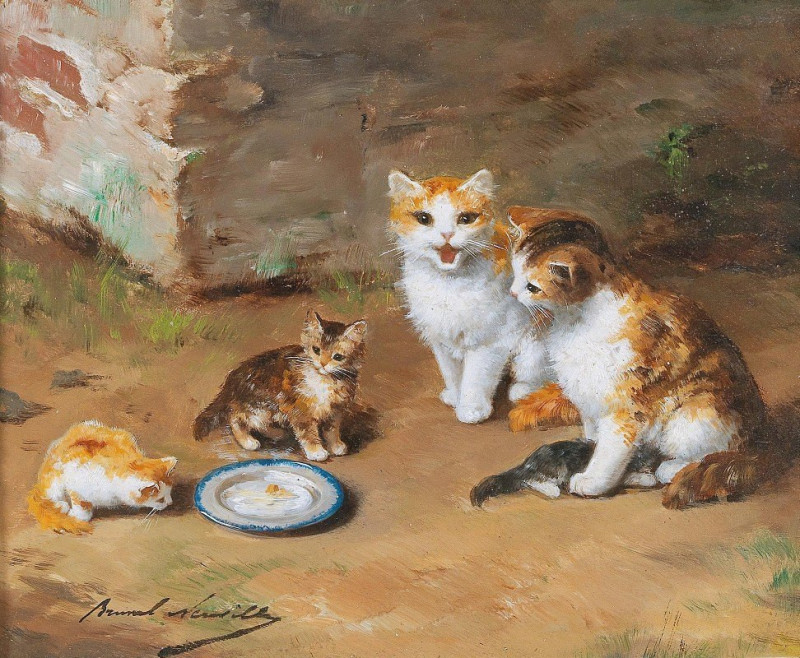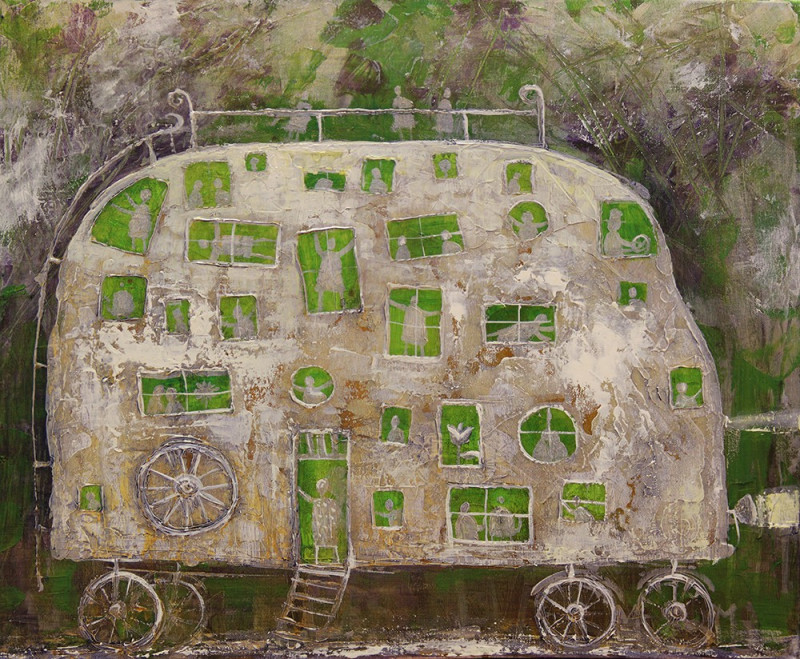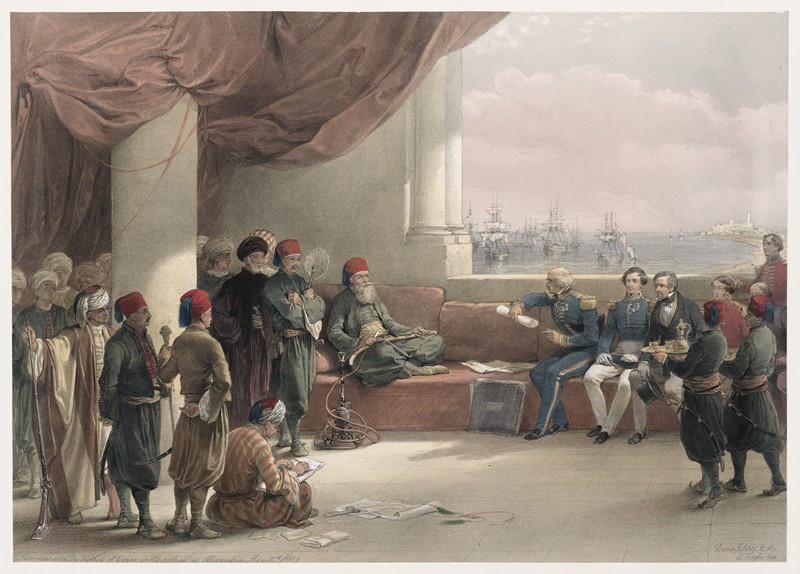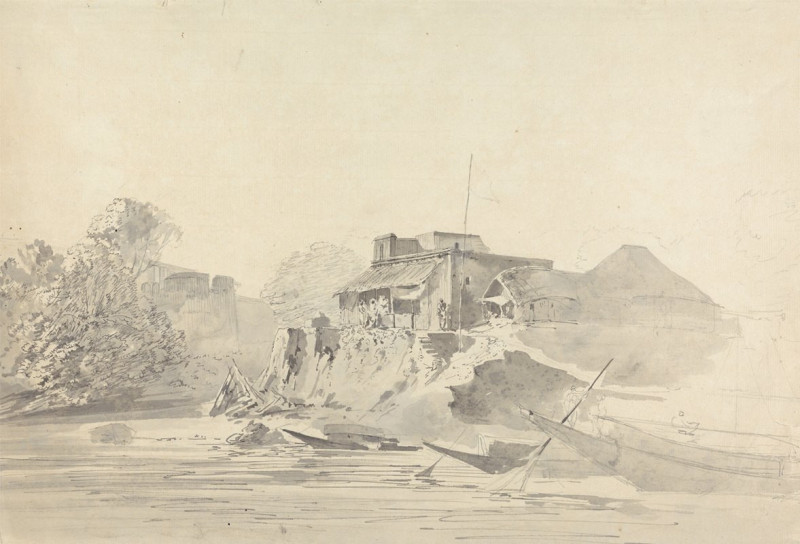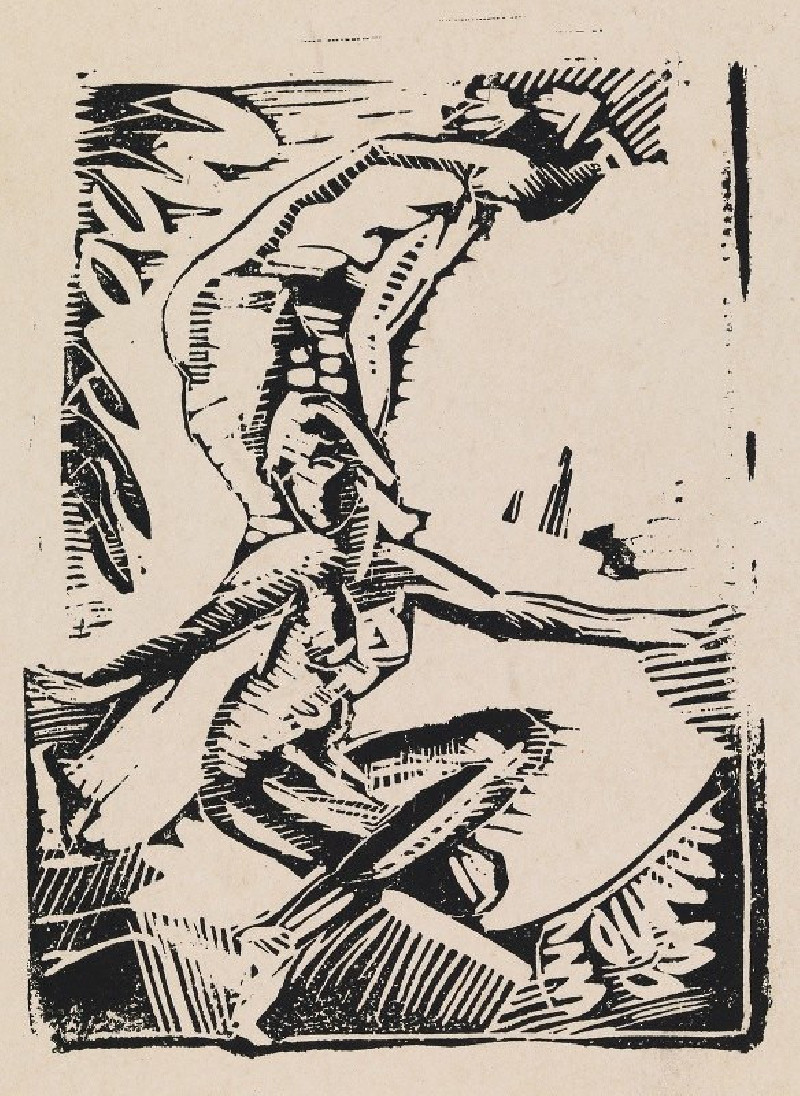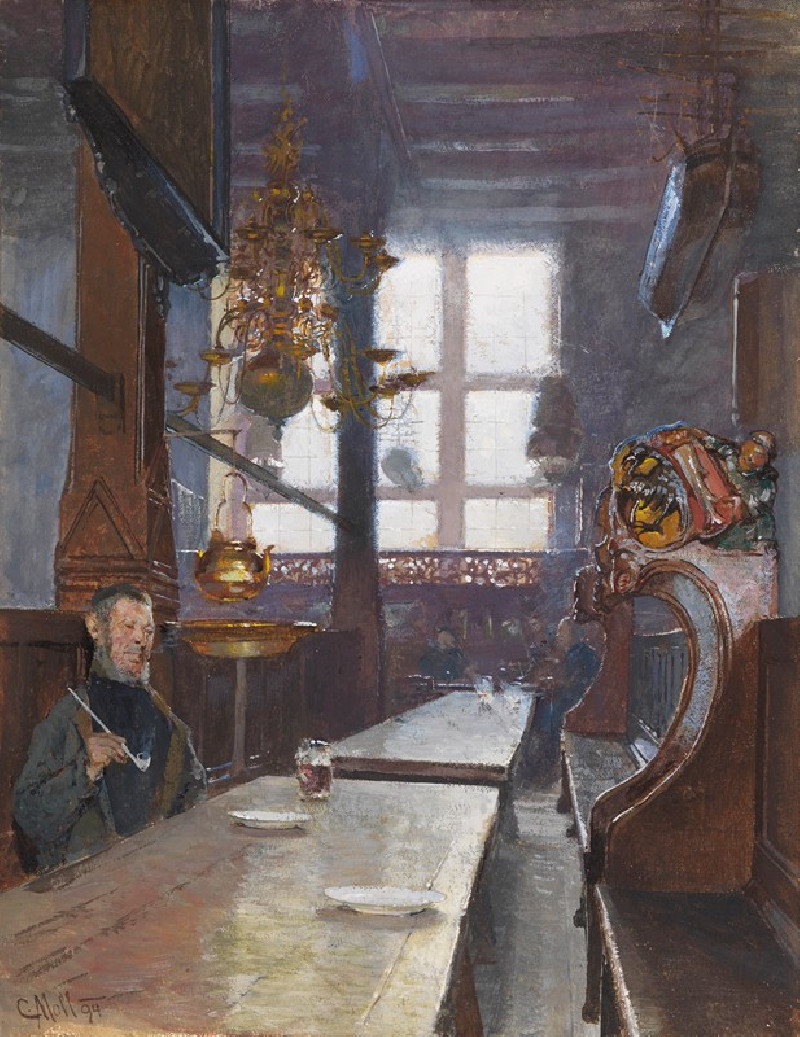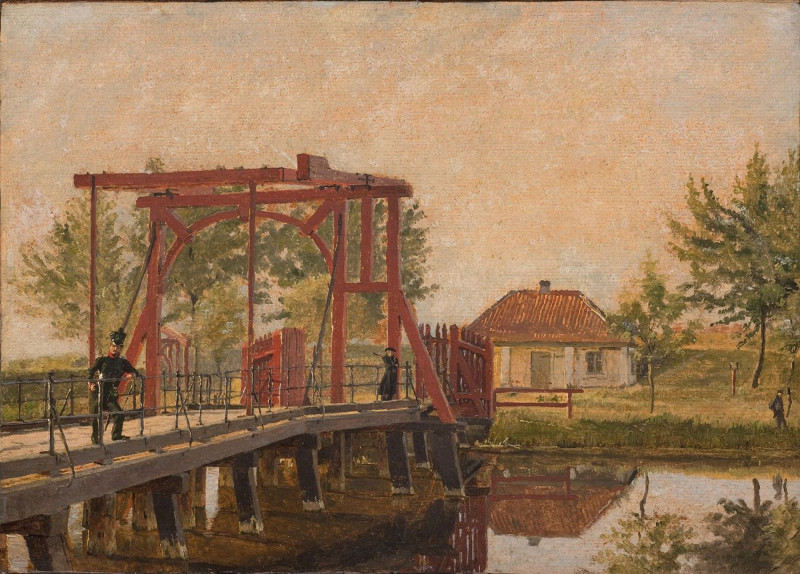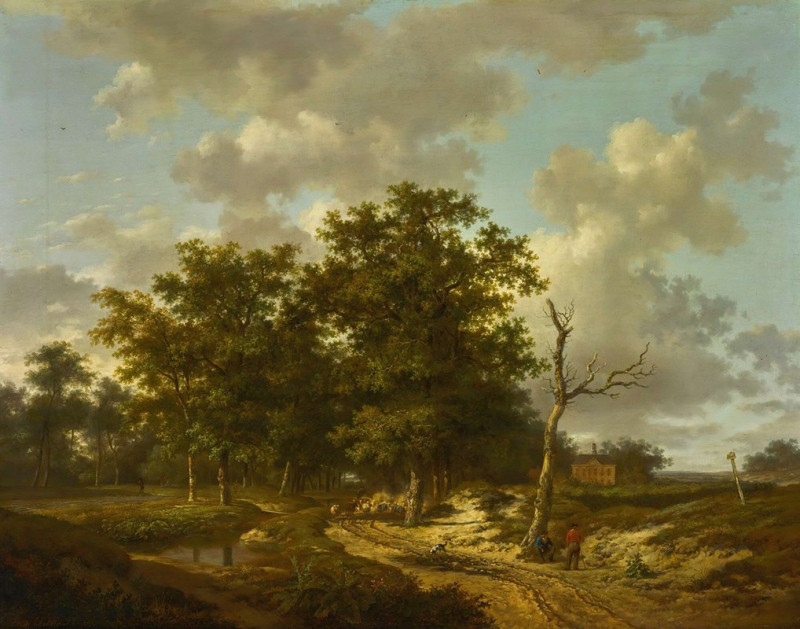Gerda (1912)
Technique: Giclée quality print
Recommended by our customers
More about this artwork
"Gerda" (1912) by Ernst Ludwig Kirchner is a compelling example of expressionist portraiture, capturing both the physical and psychological presence of its subject with spontaneous and dynamic lines. This sketch, with its fluid and somewhat abstract strokes, portrays a woman's head and shoulders, her features suggested rather than detailed. The artwork’s simplicity is deceptive, as the swift lines manage to convey a sense of movement and emotional depth, emphasizing the expressionist focus on the inner state rather than outward realism.The figure of Gerda, with her slightly tilted head and gaze that seems to engage directly with the viewer, is framed by what appears to be a floral motif, adding a delicate contrast to the boldness of her outline. This juxtaposition of the organic with the human figure is typical of Kirchner's work, where themes of nature and human emotion often intertwine.This piece is characteristic of Kirchner’s tendency to explore the human condition, moving beyond mere visual replication to grasp at something deeper, more raw and more real.
Delivery
Returns
Ernst Ludwig Kirchner (1880–1938) was one of the most important German Expressionist painters. He was a co-founder of Die Brücke, a group of German expressionist artists formed in Dresden in 1905. Die Brücke and Kirchner took inspiration from Vincent Van Gogh and Edvard Munch, as well as African and Oceanic art. They used woodblock printing as a medium to showcase their signature style: flat, unrealistic images with vivid colors. The recurring themes in Kirchner's artworks included exotic cultures, faraway landscapes, self-portraits, dancers and Berlin street life. His paintings and prints effectively portrayed non-European cultures despite the fact that he never traveled outside of Europe.

